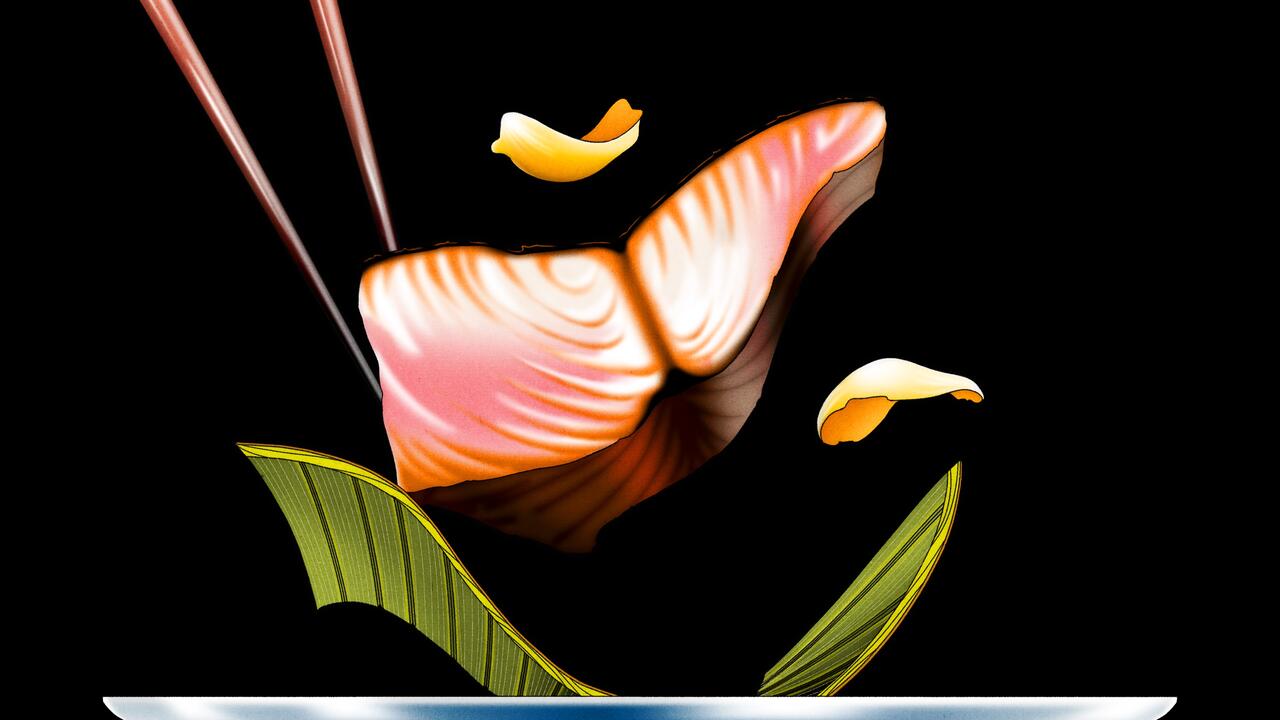David Hammons
White Cube, London, UK
White Cube, London, UK

How hard must a dirty Spalding NBA basketball be slammed against a freshly white-painted wall to leave a five-inch-wide imprint? Pretty hard, I'd say. But then imagine if, like David Hammons, you'd grown up with hoop dreams - practising seven hours a day, by your own admission - only to stop growing at 5 feet 8 inches and therefore be stymied by the sport's height restrictions. ('I'm enraged by basketball [...] this is my revenge', Hammons told Sports Illustrated back in 1990, when asked why he had made so much art about the sport.) Imagine also that, in the late 1960s, you had started making art using the ephemeral stuff of black urban experience, risen to the front rank of African-American artists, been awarded a Guggenheim Fellowship and the Prix de Rome and still, in 2002, found yourself inaugurating a British gallery's elegant but poky upstairs project room as part of 'Antipodes', Louise Neri's curatorial series exploring 'unknown territories', while an artist almost 20 years your junior gets the main gallery below. Just how hard might you slam that Spalding?
The dirt had come all the way from Harlem, New York, along whose sidewalks the ball had been bounced. What didn't end up on the walls - where 30 individual imprints offered a comprehensive taxonomy of stripes, pebbling and reversed lettering - covered a framed sheet of paper 4ft wide by 10ft tall (the regulation height of a basketball hoop), behind which was stashed a cheap blue suitcase. The title of this work, Traveling (2002), evokes many things: the eponymous rule of basketball that says you can't take the ball and run with it; Hammons' own movement across the Atlantic and that of the grimy orange sphere across the room; the upward mobility of dirt-into-art, and its direct social analogue - the 'coming up from the streets' dream/boast of a million aspiring rappers and pro-court players in environments where, as hip-hopper Mos Def put it, 'you can either get paid or get shot'.
All of this was emphasized through stark, forcible contrast with the rarefied concerns of so-called High Art aesthetics. By bouncing and rubbing the ball against the paper Hammons produced a funky detournement of magmatic Modernist abstraction - dark and silky towards the top (nearer the imaginary hoop), light and jostling at the bottom, where one could clearly decipher the ball's markings and where, at one point, it had hit in a place where two stripes cross, making a crucifix shape. Perhaps unnecessarily, Hammons seemed to have smudged the dirt to emphasize it, reminding us that basketball can be about belief: if not in a higher power, then in yourself.
In a lovely bit of formal continuity the ball's dark-on-light stripes were echoed in the receding rows of black hair glued on to a large, narrow, grey-brown rock in Rock Head (2000). The kind of commitment to urban cool you have to get re-shaved every week or so, it's a hairstyle that suggests social mobility. It certainly sits well on the rock, which had an arch incised into its front for a downcast mouth and one vague indent for an eye, and which would look like a parody of Montparnasse Modernism c. 1920 even without the hair-do. Like Harlem dirt, the hair had come up from ground level: as he has been doing since the mid-1970s, Hammons used floor sweepings from a Harlem barbershop. Placed in a display case on a pointedly black plinth, the sculpture plays several angles at once; while apotheosizing the material, it plays with stereotypes of black 'naturalness' (why carve when a rock will do; why use a pencil when a basketball will do?) and bigoted white assessments of black intelligence.
Hammons' is a contextual practice: it was not formed in a cultural vacuum and could not operate in one. But while the Modernist aesthetic may symbolize everything élitist about art, it is arguably as irrelevant to contemporary white audiences as it is to the artist. This was a play-off that Harlem couldn't lose. Hammons nevertheless sent out his strongest player - the indisputably real residue of hard-knocks life - against a spavined, injured opponent for the fleeting, inevitable joy of one-on-one carnage, and left what he once called 'the worst audience in the world' to clean up after him.






















